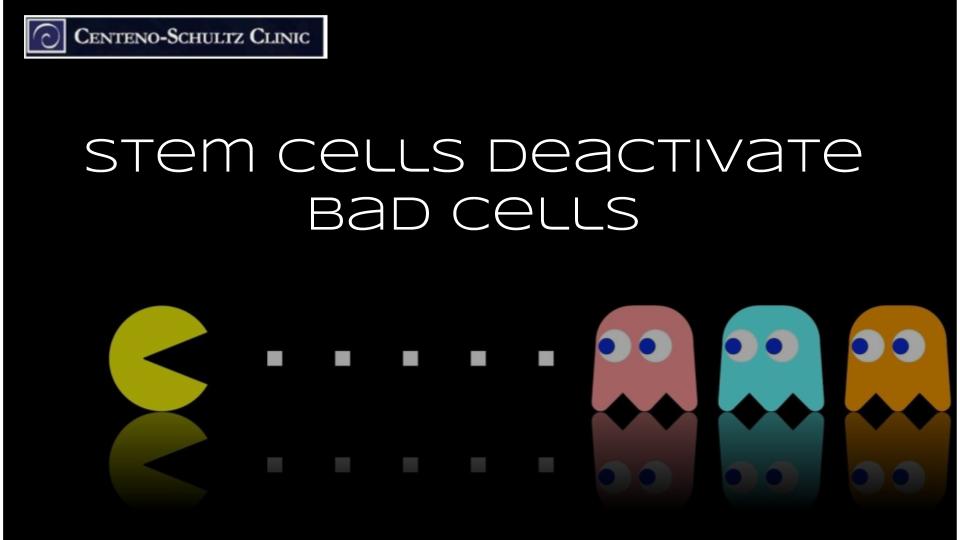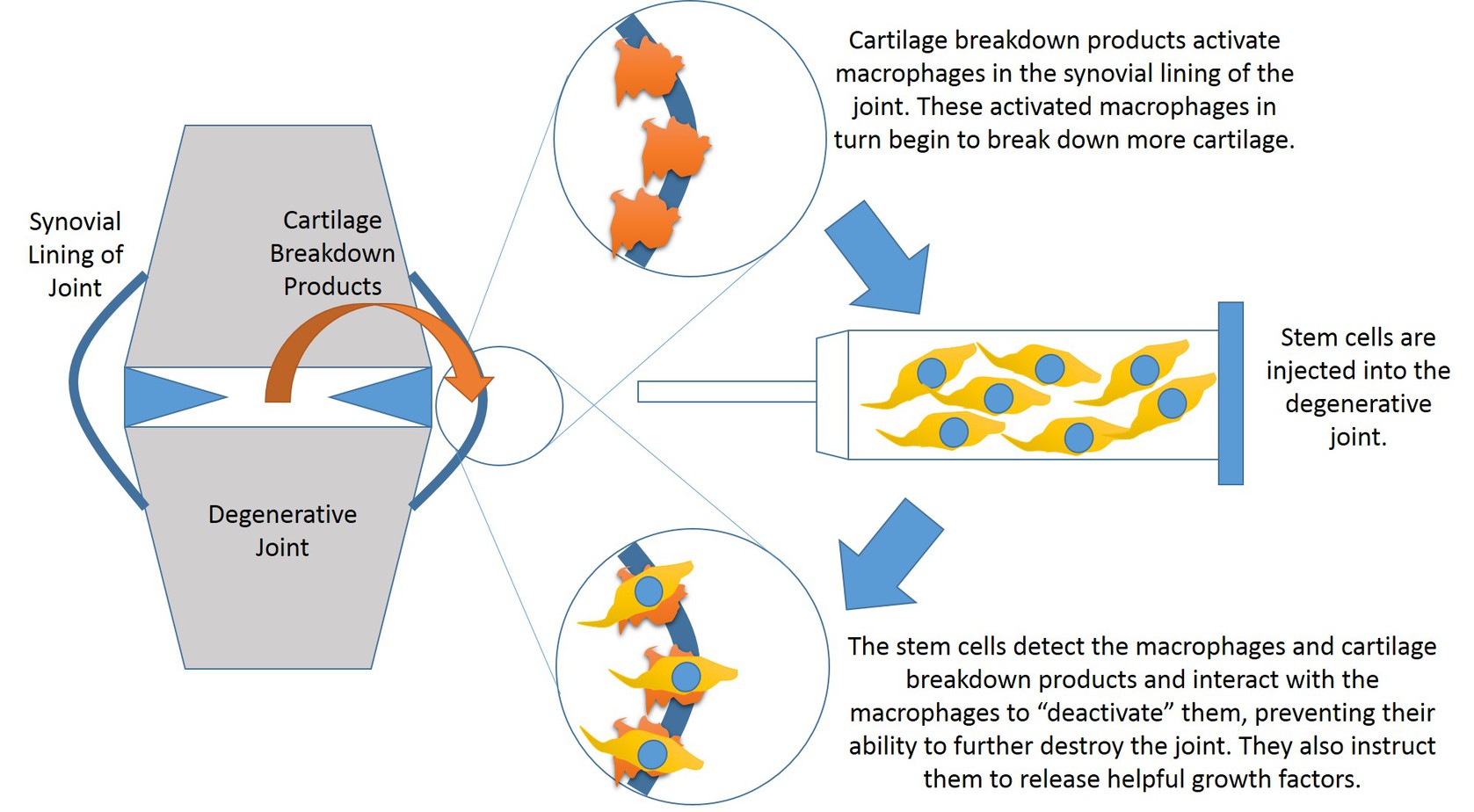Continuing in our “Let’s Talk Stem Cells” series, today we’re covering part 2 in which we’ll explain how your stem cells deactivate bad cells. In particular, we are going to look at macrophage and microglial cells, our body’s clean-up crew. Unfortunately, sometimes these clean-freak cells can go rogue and attack healthy cells and tissues as well. So let’s start by defining macrophage and microglial cells.
What Are Macrophage and Microglial Cells?
Macrophages are cells whose sole responsibility is waste removal. They are our body’s sanitation department, gobbling up every piece of “trash” in their path. That trash can be damaged cells or tissues or even foreign invaders, such as viruses, bacteria, or parasites.
Macrophages have cousin cells in the nervous system (i.e., the brain, nerves, and spinal cord), and these cells are called microglial cells. These immune cells live side by side with our nerve cells (i.e., neurons) all through the nervous system. The microglial cells protect, support, and maintain the nervous system, keeping it healthy. Much like their macrophage cousins, the microglials also clean up all the bad stuff, but the microglial cells’ main focus is the nervous system. What would be considered waste in the nervous system? Alzheimer’s disease, for one has been attributed to excess waste building up in the brain, making the area toxic to the nerves. And it is now thought the this happens when the microglial cells become overwhelmed and can’t keep up as we age.
Stem Cells Deactivate Bad Cells
We know stem cells help prevent arthritis, but why do they help our severely degenerated joints? It seems our mesenchymal stem cells can be pretty persuasive as they instruct our bad cells to play nice. Let us explain.
As a severely arthritic joint deteriorates, the synovial lining (the lining of the joint) thickens. This thickening occurs as macrophages move into the area and start gobbling up all the cellular debris and other garbage that is created as the cartilage dies off. The problem is, with all of this degeneration, the macrophages become ravenous and don’t quite know where to stop, so they end up gobbling up good joint cartilage as well, creating more damage in the process.
One study found that when stem cells are injected into the joint, they were able to deactivate these ravenous macrophages, keeping them from destroying healthy cartilage. Even more fascinating, the stem cells changed the bad macrophages into good guys by instructing them to secrete positive growth factors, essentially making them helper cells instead of destroyers. In addition, stem cells can excrete cytokine signals to reduce chronic inflammation and pain. This all suggests that in addition to the fact that stem cells deactivate bad cells, stem cells also have a disease-modifying effect, turning bad cells into good cells, therefore reducing the arthritic joint’s self-destructive process. The image below provides an at-a-glance explanation of this process:
Further, Dr. Centeno’s brief video above should give you more information on how this process works.
It’s interesting to note, too, that this doesn’t just occur with our macrophages. It seems our stem cells can turn our microglial cells that have gone bad into good guys as well, allowing them to get back to work just cleaning up toxic garbage in our nervous system rather than attacking healthy nerve cells and tissues as well.
Knowing your stem cells can deactivate bad cells is another reason it’s so important to keep your stem cells healthy. It’s also important to keep our immune system healthy as we age to support those macrophage and microglial cells as they work to clean up all the debris in our bodies. Check back in Wednesday for “Let’s Talk Stem Cells Part 3.”

